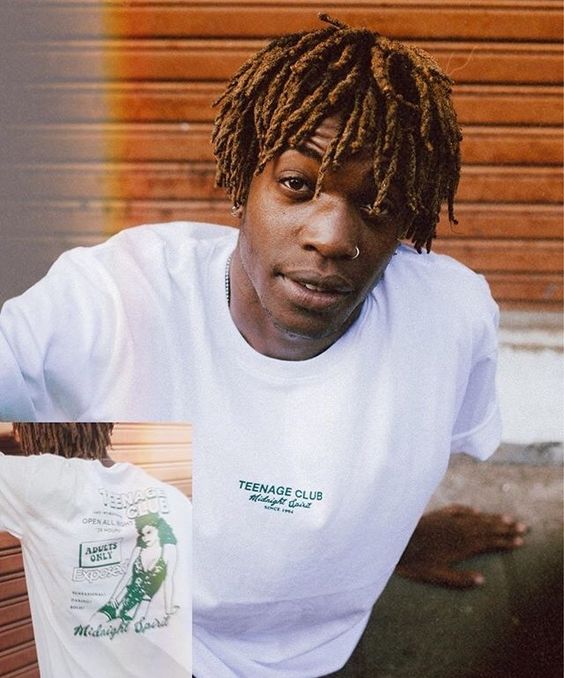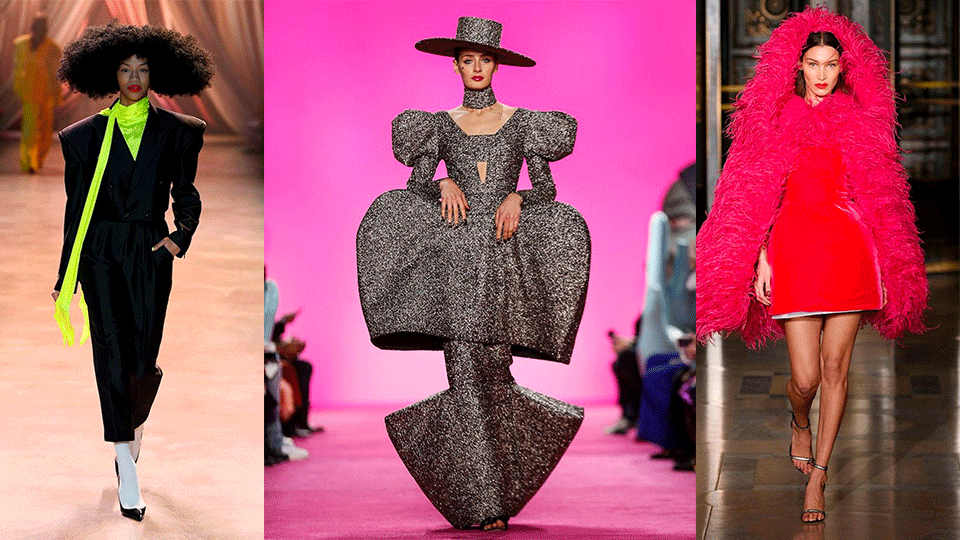- À New Wave to Fashion, À New Way of Living. Download Now on iOS Android Canada SS22
- hello@alahausse.ca
Eco-Friendly Responsive Ink as an Alternative in Fast Fashion

THE SHOW MUST GO ON: The Return of Paris Fashion Week
June 22, 2021
Lumen Couture’s Matrix Collection and the Hopeful Solution to Fast Fashion
June 25, 2021
Clothes are like a second skin on the human body. Its agency serves to be both physically and aesthetically purposeful. There is always more to the fabric than meets the eye. The Ink on your shirt could possibly be harmful, however, there are alternatives and types of eco-friendly ink that could commercially be adopted by businesses.
Today, transparency is being demanded by consumers of all backgrounds. They are beginning to question brands and the sustainability of their business models. How could companies, if they are not already, become more eco-friendly?
It's a Start in Ink
From packaging to product development, companies more and more are looking into their design practices. For instance:
- The American clothing company, Patagonia, looked into eliminating the toxic chemicals used in their ink dyes. This led them to push the “sustainability envelope” and produce the world’s first-ever use of eco-friendly ink.
- London-based design and chemical innovation licensing studio, The Unseen, developed a form of wind reactive ink that activates by different air fluctuations.
Sustainable trailblazer Stella McCartney who is known for her commitment to holistic approaches decidedly went PVC-free in 2010 and in 2014, ensured that all paper and products were certified sustainable.
Ink Beginnings
Eco-friendly ink has been around for decades. In fact, it was invented in response to the shortage of petroleum-based ink in the 1970s. Petroleum, otherwise known as ‘crude oil,’ is a fossil fuel albeit a non-renewable one. When turned into petroleum, it becomes a toxic and flammable substance.

The Problem of Ink
Though efficient and inexpensive, petroleum-based ink is harmful and volatile. Recovering it requires drilling and that process itself is not time-friendly. To become petroleum, crude oil must undergo prior refinement and separation to be available commercially (examples include asphalt, kerosene, and—most notably, ink). As a result, when dry, petroleum emits a high amount of Volatile Organic Compounds (or VOCs).

The Benefits of Eco-Friendly Ink
There are the current commercial options
- Soy-based ink
- Vegetable-based ink
- Algae-based ink
- Wind-reactive ink
- Water-based ink
Often inks like soy, vegetable, and algae-based inks are made with sustainable sources like soy, linseed, tung, cottonseed, China wood oils, and algae. Wind-reactive inks are a result of biochemical technology. However, except for water-based inks, soy-based, vegetable-based, algae-based, and wind-reactive inks are not yet readily available.
They have a smaller Carbon Footprint
Being PVC resin, plasticizer, and petroleum-free, eco-friendly inks altogether avoid the pitfalls of using the earth’s limited supply of petroleum as an ingredient. For instance, soy-based inks—in particular—emit less than 20% of VOCs compared to its petroleum-based contender. Not to mention, algae-based inks are made from a singular plant (algae) that grows without the aid of fertilizer, herbicides, and/or genetically modified seeds.
They Translate Beautifully and Diversely
Each eco-friendly ink fits a respective medium: soy, vegetable, and algae-based inks better serve in press printing while wind-reactive and water-based inks work best in screen printing.
For one, through press printing, soy, vegetable, and algae-based inks replace petroleum-based pigments used in traditional offset inks. Though they have a prolonged period of drying and can transmit differently, the result is a greener and viable future. Wind-reactive inks, on the other hand, detect stimuli like heat and sound. When fused with specialized fabric, colour changes occur that are induced stimuli factors. These colour changes are a result of air fluctuations in or around the body, indicating the wearer if the air around them is clean. When screen-printing, water-based inks transfix well to fabric and produce an unparalleled softness and flexibility. As well, it captures impeccable detail and is, for the most part, long-lasting. This is because water-based inks can be made thin enough to be used on exceedingly high mesh counts, therefore leaving behind pigments that become part of the fabric itself and will last as long as the garment does.

Looking for a Greener tomorrow
The concept of sustainable brands is no longer a paradox but presently, a progressive model in notion. From low to high, like Patagonia, The Unseen, and the renowned Stella McCartney, clothing brands are working intelligently to become ethically and sustainably forward.
The truth of the matter is that nothing in life is perfect; there is only better. To become eco-friendly in its entirety will require time; however, all it takes is the first step.
Via ÀLA.HAUSSE‘s Multi-functional and Multi-purposeful Fashion Ecosystem- BUY/SELL/RENT/LEND/ (swap BETA 2021) mobile application, INDIVIDUALS & brands ( BETA 2021) are encouraged to REBUY, RESELL, REUSE and UP-CYCLE their personal “Clossets” aka Clothing Assets, along with overstock inventory and samples. Through this consumerism habit shift we indirectly slow down the urgency on fashion’s carbon footprint, aiding sustainability as a whole.
BETA Early Access Application Now Open for CA Fashion Lovers: Apply Now for LAST CALL
with Stories on www.alahausse.ca
#ALAHAUSSE #WEARYOURPURPOSE #HAUSSEPEOPLE
References:
- https://ot.studio/work/patagonia
- https://www.stellamccartney.com/gb/en/sustainability/sustainability.html#materials-innovation
- https://www.designboom.com/technology/the-unseen-wind-reactive-ink-changes-color-with-air-07-25-2014/
- https://fabrikbrands.com/sustainable-fashion-brands/
- https://www.ecoenclose.com/blog/what-is-the-most-sustainable-ink/
- https://www.mohawkconnects.com/article/mohawk-blog/what-are-eco-friendly-inks
- https://www.printavo.com/blog/screen-printing-with-water-based-inks
- https://recyclenation.com/2010/11/soy-ink-petroleum-ink-recycling-greener/







